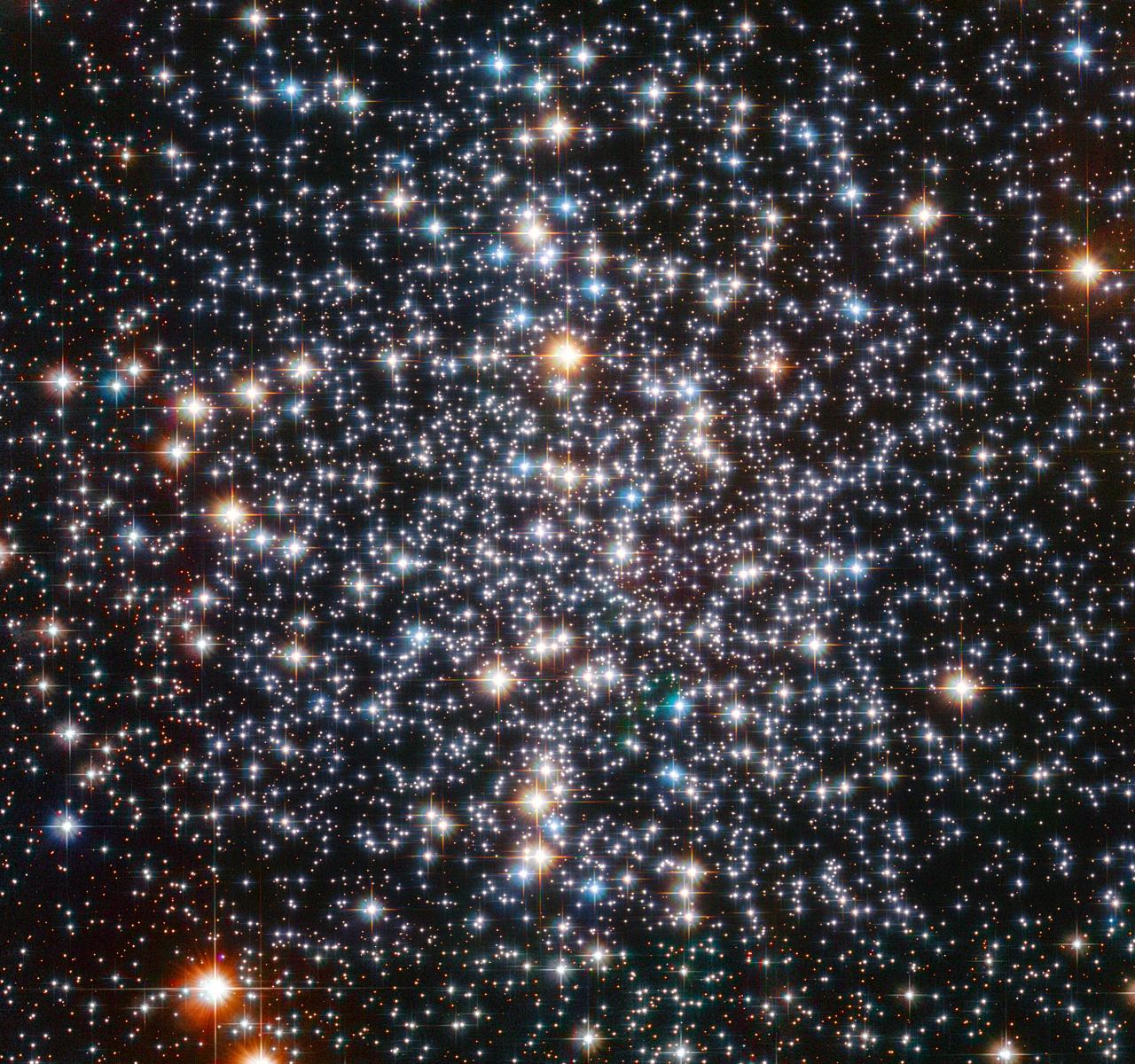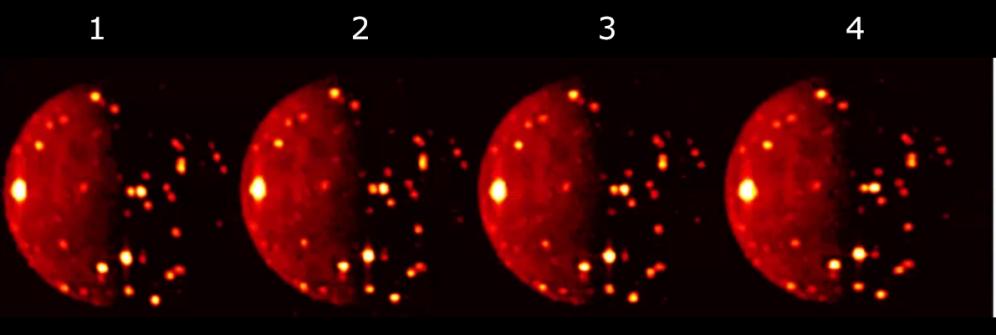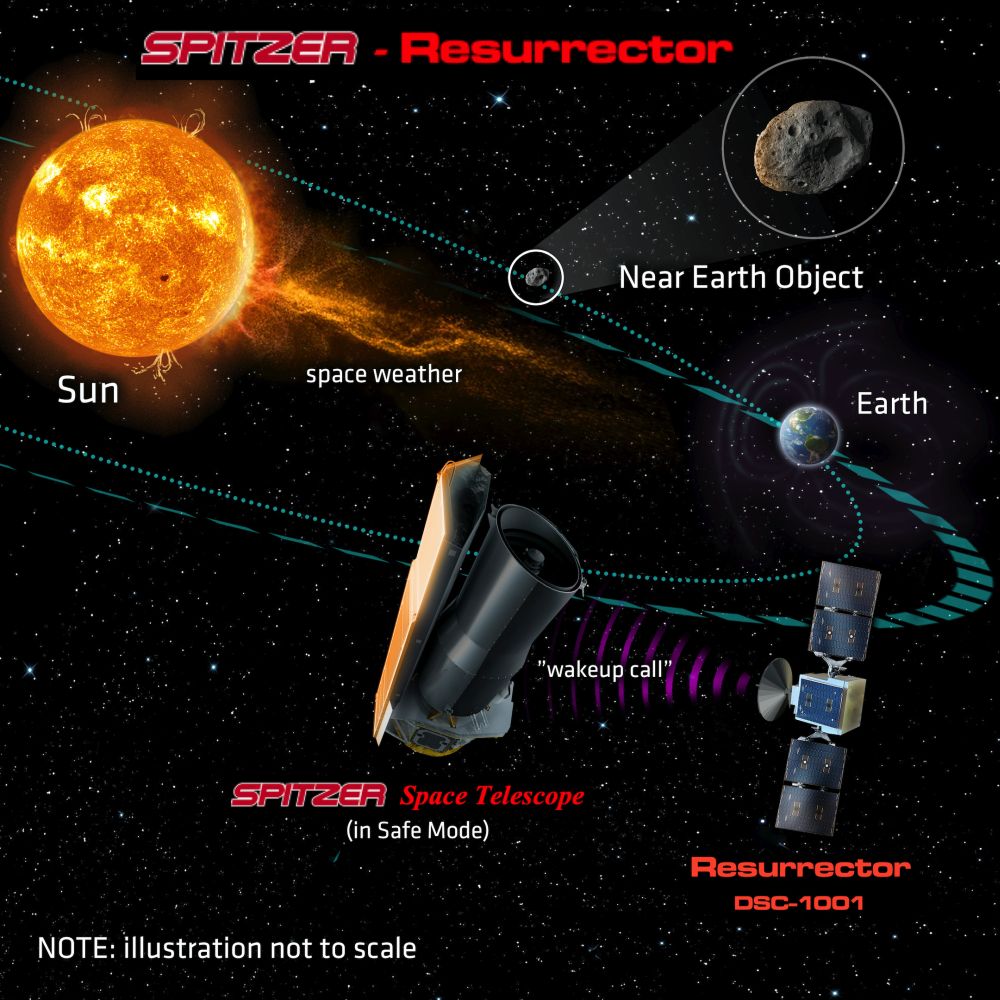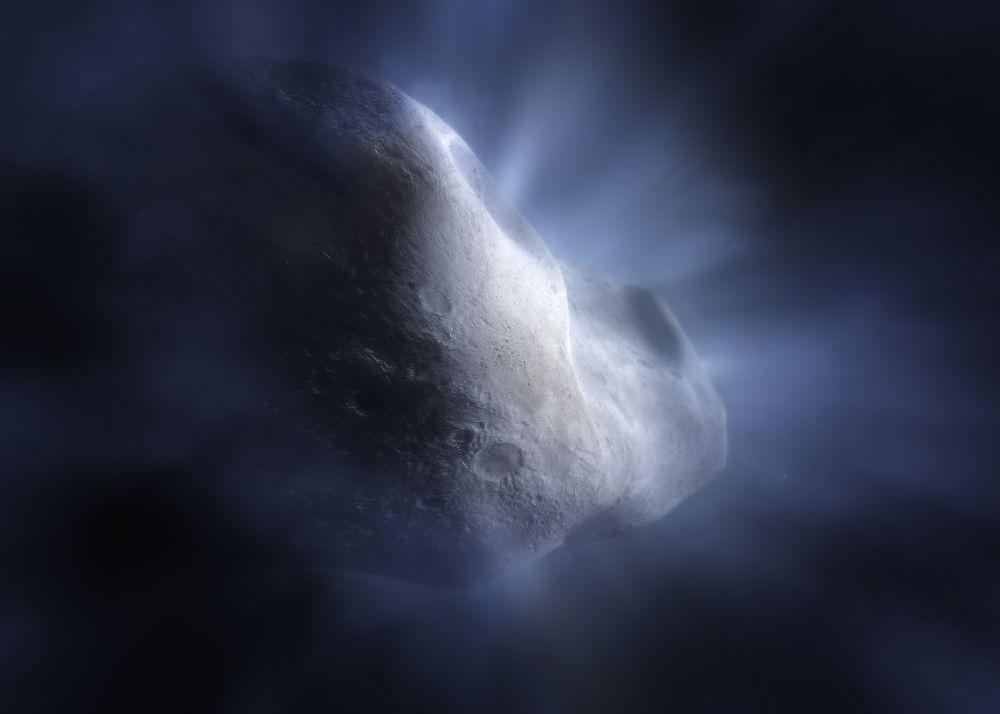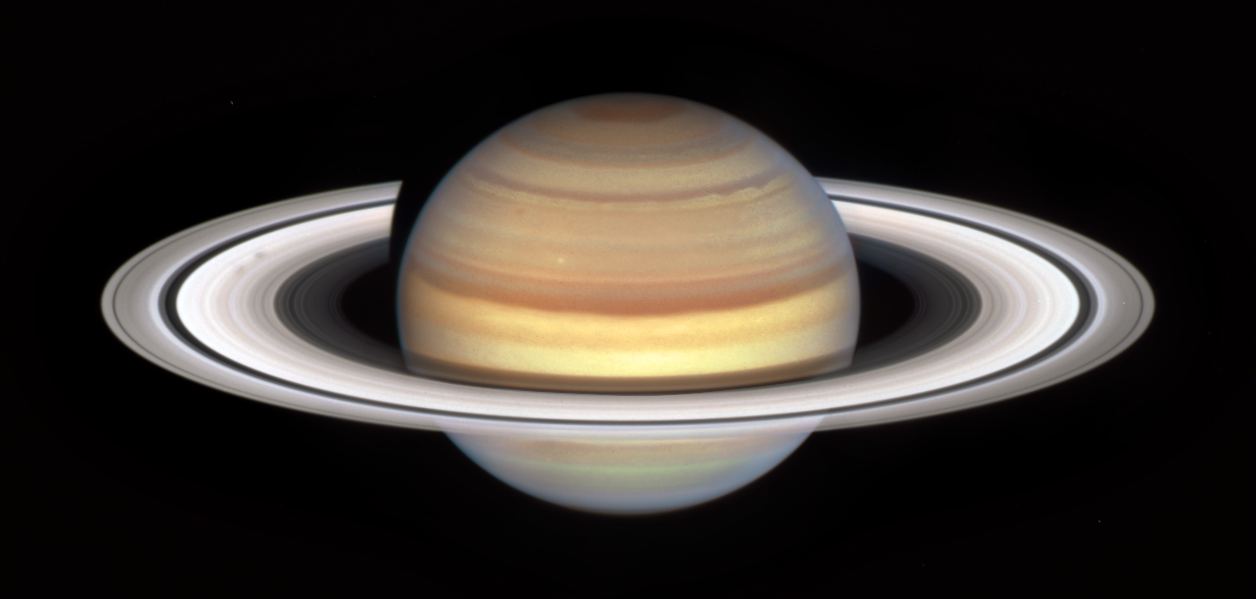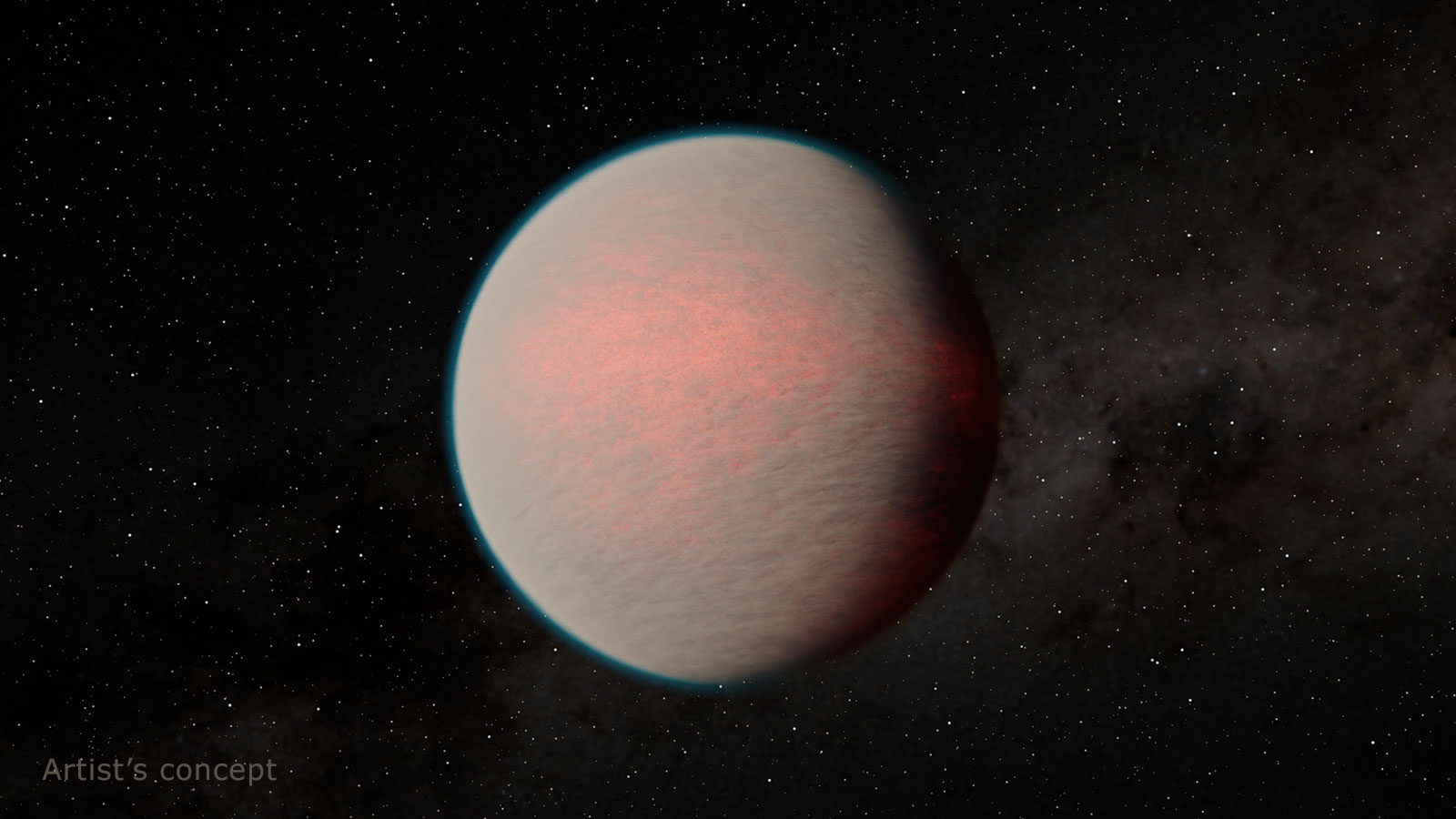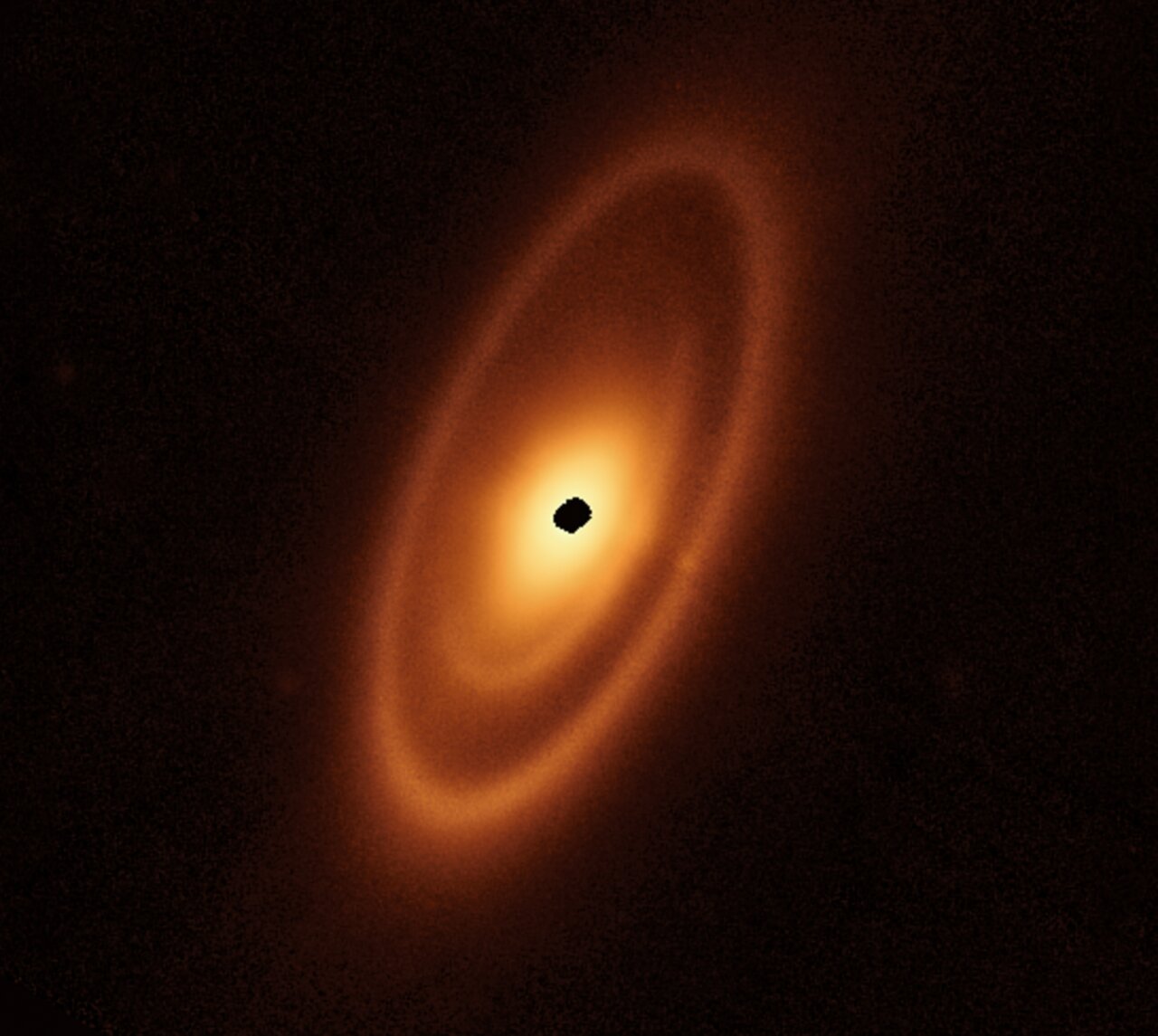Most black holes are stellar mass black holes. They’re created when a star several times more massive than our Sun reaches the end and collapses in on itself. There are also supermassive black holes (SMBH,) the behemoths at the center of galaxies that can boast billions of times more mass than the Sun.
But where are the intermediate-mass black holes?
Continue reading “Where Are the Missing Black Holes? The Hubble May Have Helped Find One”
